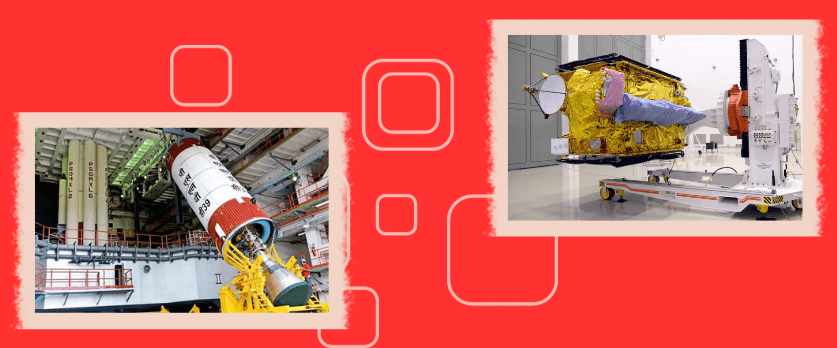Aerospace engineering, a realm of constant innovation and technological marvels, stands at the forefront of shaping humanity’s exploration beyond our planet. The future of aerospace engineering promises an array of transformative trends, pushing boundaries and reshaping our understanding of space travel, aviation, and technological advancement.
Electric Propulsion Evolution
Electric propulsion systems are poised to revolutionize space exploration by offering higher efficiency, reduced fuel consumption, and environmental sustainability. Continued research aims to enhance thrust capabilities, expand the range of applicable missions, and make electric propulsion more feasible for a variety of spacecraft.
Sustainable Aviation Initiatives
The aviation industry is steadily moving towards sustainability. Advancements in biofuels, aerodynamics, and engine technologies aim to reduce carbon footprints, minimize noise pollution, and increase fuel efficiency in commercial aircraft, paving the way for greener aviation.
Autonomous Systems Integration
The integration of autonomous systems, artificial intelligence, and machine learning algorithms in aerospace vehicles promises enhanced safety, improved navigation, and streamlined operations. From autonomous drones to self-piloting spacecraft, these technologies are poised to transform aerospace engineering practices.
Reusable Spacecraft and Rockets
Reusable spacecraft and rockets, spearheaded by companies like SpaceX, are redefining the economics of space travel. Advancements in materials, manufacturing techniques, and engineering designs aim to make space missions more cost-effective, thereby enabling increased access to space for various purposes.
Small Satellite Revolution
The miniaturization of satellites and the development of satellite constellations are revolutionizing Earth observation, communication, and scientific research. Small satellites promise increased accessibility and affordability for space-based applications, fostering a new era of innovation.
Hypersonic Travel and Beyond
Research into hypersonic air travel aims to reduce travel times dramatically. Advancements in propulsion, aerodynamics, and materials science are driving the development of hypersonic vehicles capable of traveling at speeds exceeding Mach 5, potentially revolutionizing long-distance travel.
Conclusion
Aerospace engineering’s future is characterized by innovation, sustainability, and increased accessibility to space. As technology evolves, these trends will continue to shape the industry, unlocking new frontiers and opportunities for exploration, transportation, and scientific discovery, ultimately reshaping our relationship with the skies and beyond.
In this dynamic field, the amalgamation of groundbreaking technologies and visionary engineering minds continues to propel aerospace engineering into a future filled with boundless possibilities.
To become an aerospace engineer you may could join aerospace engineering through AME COMMON ENTRANCE EXAM (AME CEE) this examination you may join Aerospace Engineering approved by AICTE.


